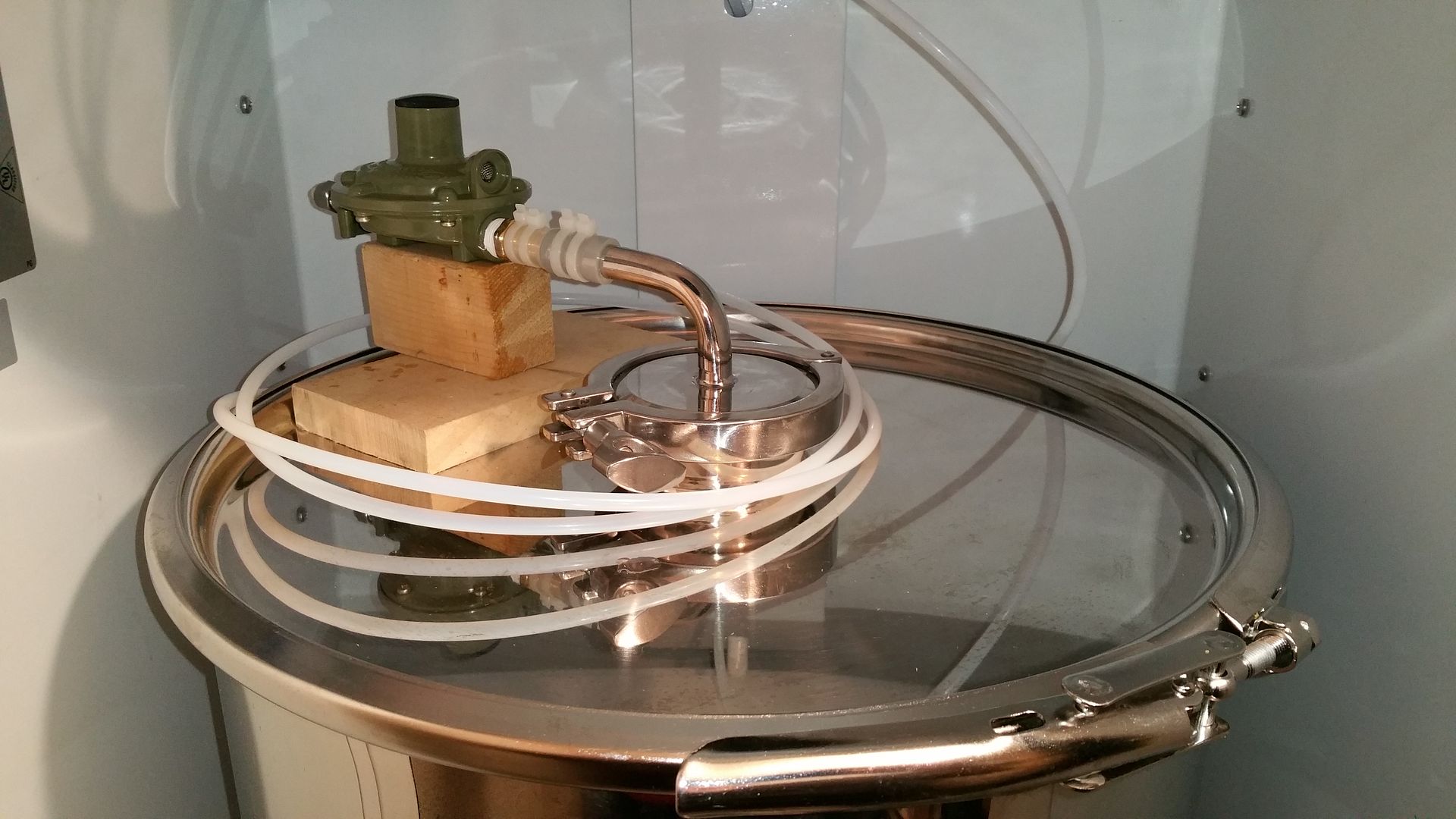I get your point. And I defer to your expertise. Blanket is probably the wrong word. But my point is (and I am actually asking this as a question, because you would know better than I) if one compares the amount of C02 above the beer to the small amount entering via the airlock, during a cold crash; do you think it would be enough to seriously cause any issues with the beer?
I have never used any extraordinary precautions while racking my beers (aside form the common sense ones such as purging the keg prior to racking, and the like). And I have stored several beers for many years (usually by accident) yet I have never detected any evidence of oxygenation problems. Is this a common problem? Or is it an area where we are taking potential problem, and blowing it way out of proportion? I, like most of us, want to make the best possible beers that I can. But, if I were a newbie, I would feel overwhelmed if I thought I had to install pressure regulators or other complex systems to make great beer. I get the idea of being cautious to avoid oxygenation. But, I do think we sometimes overthink these things.
Anybody out there ever have a beer show signs of oxygenation? And if so, were you able to pinpoint the reason?
Mike























![Craft A Brew - Safale S-04 Dry Yeast - Fermentis - English Ale Dry Yeast - For English and American Ales and Hard Apple Ciders - Ingredients for Home Brewing - Beer Making Supplies - [1 Pack]](https://m.media-amazon.com/images/I/41fVGNh6JfL._SL500_.jpg)
























 in there.
in there.